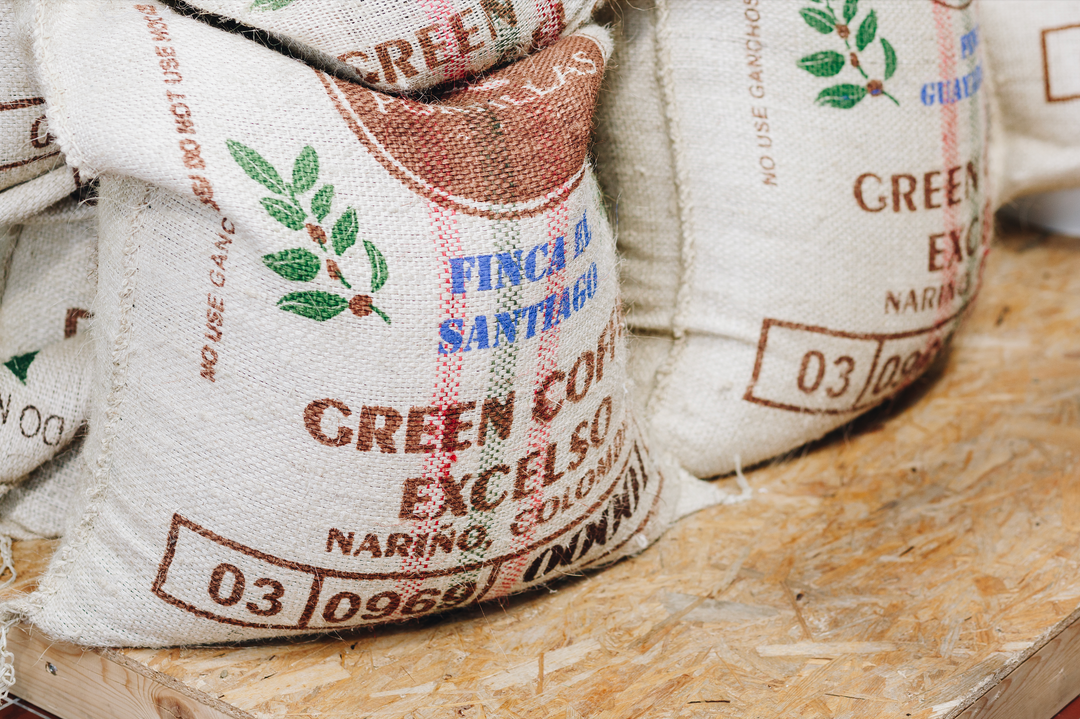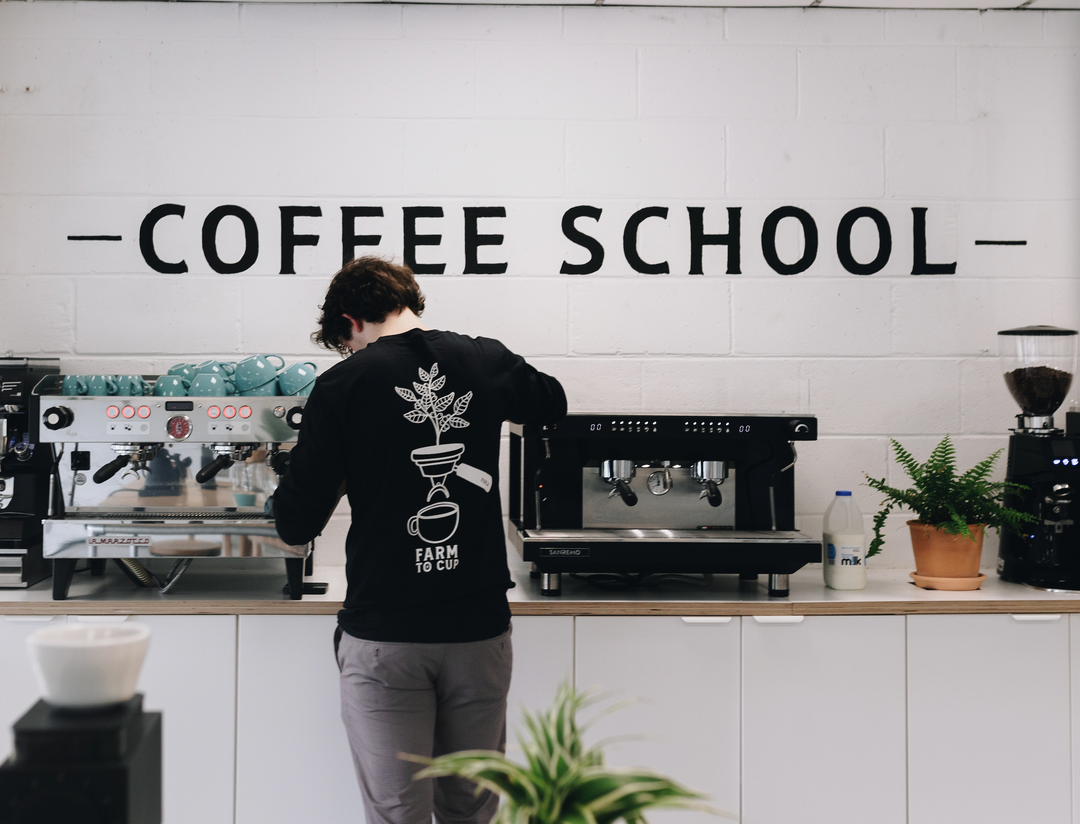Why does grind size matter, and why will it affect the flavour of your coffee?
Why does grind size matter, and why will it affect the flavour of your coffee?
Grinding coffee is really important.
Not only does it mean you can actually get the flavours out of your coffee, but it makes sure you get the right amount of flavour and the right types of flavours out of your coffee.
Let’s start right at the beginning…
Within a coffee bean are a world of flavours that have been influenced by the growing region, the processing, and the roasting. It’s just like the Tardis in Dr Who, small by appearance on the outside, but massive on the inside. To get these flavours out of the coffee bean, we have to break it up into tiny little particles called coffee grinds.
In theory you could throw some coffee beans into a pot of hot water and after a few days there would be a cup of coffee. But first thing in the morning this isn’t the most practical solution in the world. How we get around this is by grinding our coffee.
As we grind coffee, we are increasing the surface area of the coffee bean, exposing more area, making it easier for the flavours to be extracted. The finer we grind coffee, the more surface area becomes exposed, and in turn flavour extraction becomes easier. The opposite is the case for coarsely ground coffee – there is less surface area, and extraction is more difficult.
As water and coffee come into contact with each other, the process of extraction begins. If we have a finely ground coffee, the contact time it needs with water is greatly reduced, and the flavours extract quickly. That is why espresso coffee grinds are so fine, almost like sand. An espresso only takes around 30 seconds to extract the flavours. This is why coarsely ground coffee won’t work well on an espresso machine – it won’t extract enough flavours.
Likewise, if you are brewing with a French Press that requires a four-minute brew time, a finely ground coffee will extract too many flavours and become unpleasant. But a coarsely ground coffee will be perfect, because there is a lower surface area available to extract flavours, it takes a longer time to extract.

Why don’t we use a fine grind for everything?
It’s a very valid question – surely fine grinds, and fast brews are the answer! Unfortunately, it isn’t quite as simple as that. If you have ever accidentally purchased espresso ground coffee, or incorrectly ground your coffee too fine and then tried to make a French press or Aeropress you’ll know that it’s nearly impossible to press plungers through. Finer grinds create more resistance, and one of two things are going to happen:
- The water will displace, spill out the edges and you’ll burn yourself
- You’ll break the brewer or cup because you’re exerting too much pressure.
Either way, it’s not good.
If you try to brew a pour over using espresso grind coffee, your brew will clog and the water will not go anywhere because there isn’t enough space between the grinds particles for the water to flow.
An espresso machine typically pumps water at 9 bars of pressure, which means the water has enough force to pass through the fine grinds. It also provides a way to lock in the portafilter to make sure it won’t explode due to the pressure build up. That’s why we can use finely ground coffee on an espresso machine and produce perfectly extracted coffee quickly.
What about coarse coffee in an espresso machine?
For example, if you were to use coffee ground for a pour over brewer or French Press the water will pass straight through the puck of coffee in the espresso machine. The espresso machine is still exerting water at pressure, but there’s no resistance because the grinds are too coarse. The water and coffee won’t spend enough time together to extract flavour.So, is there a ‘one size fits all’ for grind sizes?
Unfortunately not, grind size changes with every single brewer, and every single coffee.It needs to be adjusted depending upon the brewer as a matter of practicality. Some brewers require coarser grinds to make them work safely and effectively, some require finer grinds.
Supermarket coffees are misleading when they say they are ground for a range of brewers, you can read more about the difference between supermarket coffee and specialty coffee in one of our recent blog posts.

When too much extraction is a bad thing
When we talk about extracting flavours from coffee, at the beginning we mentioned that you want to extract the right flavours – not too much, not too little. Normally when we are talking about food and drink, bringing more flavour potential is the goal, but coffee is a little different in that regard.
Think about diluting juice, more concentrate would mean more flavour, but too much is unpleasant. Coffee is similar, you can extract up to 28% of a coffee bean, but only 18-22% of that is actually pleasant to drink. That is why choosing the correct grind size to ensure you extract the right amount of flavour is important. You don’t want to extract less than 18% because the coffee will have an unpleasant sourness, and you don’t want to extract more than 22% because the coffee will be bitter.






